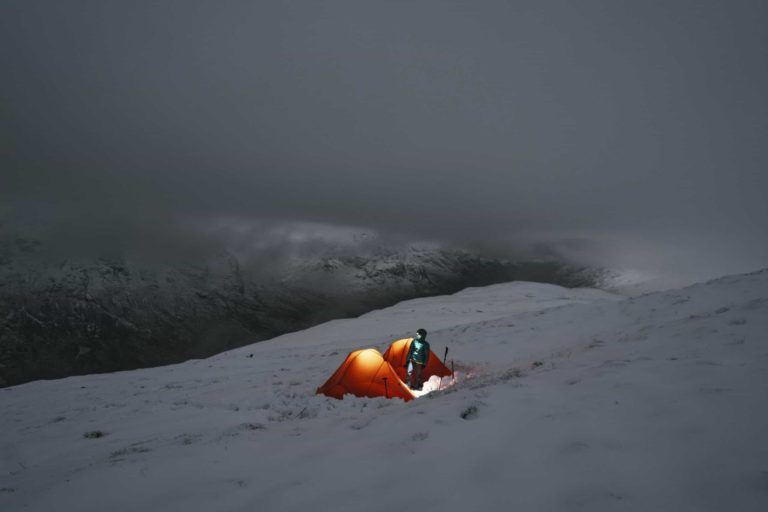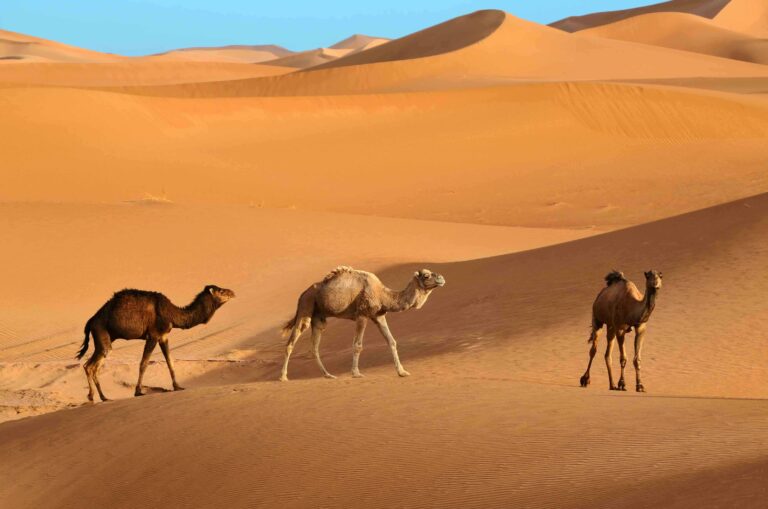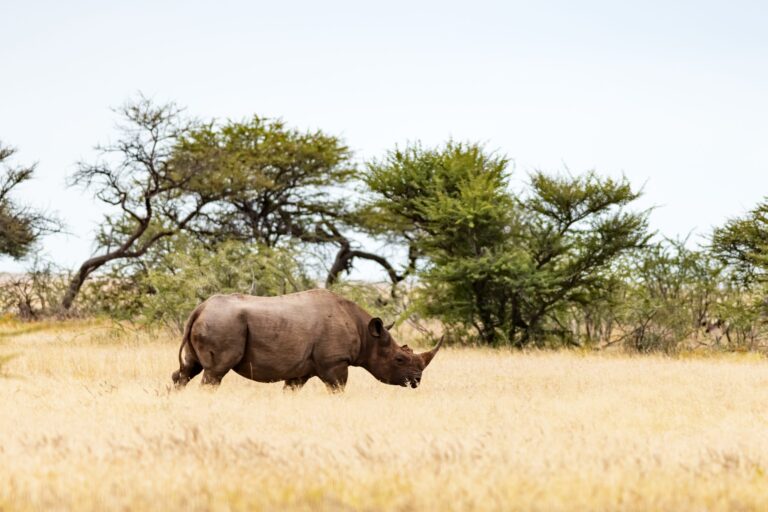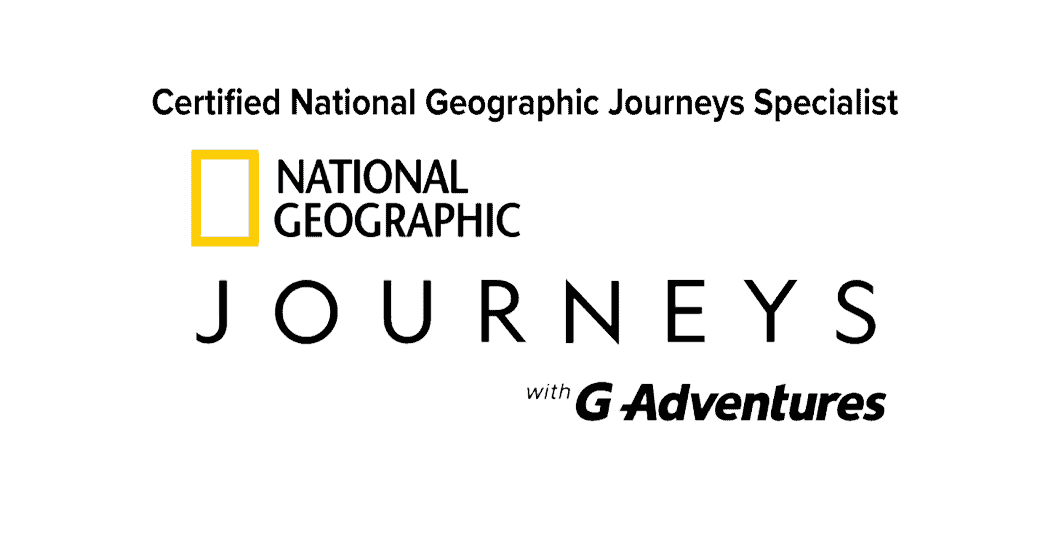
Camping In Antarctica
Camping in Antarctica At 67° 51’ South, 67° 12’ West latitude, along the western coast of Graham Land, Antarctica, is
In 1935, the famed American novelist and world traveler, Ernest Hemingway published his non-fiction book The Green Hills of Africa that recounted a month he spent on a safari in East Africa. And while I can never condone the killing of any game animal, especially one as majestic as a rhino, the descriptions he provided of the pursuit of his prey as he made his way through the landscape of Tanzania was prominently in my mind as our guide pointed out several sets of footprints in the sandy bottom of a dry river bed.
“How do you know it’s a rhino and not another animal like an elephant or a hippo?” I asked as someone unfamiliar with game tracking. Apparently, the answer to that is quite simple. Both elephants and hippos have four toes, whereas rhinos have three – a large middle toe at the front with two smaller toes on the sides. That single feature allows their spoor to be easily distinguished from the other large-footed species in this part of Africa.
Our very small party of only two guests was spending 5 days in a 30,000-hectare private game reserve adjacent to the world-famous Kruger National Park in northwestern South Africa. With us were our two guides equipped with rifles and a first aid kit, and little else in terms of self-defense. Each day, our small group of four would leave our camp in a new direction and hike around for several hours spotting game. During this entire time, we had the reserve to ourselves. We didn’t see another human until we finally left the reserve to return to Pretoria. It was truly surreal.
Our guide immediately lowered his voice to a whisper and asked us if we wanted to track the rhinos to see if we could eventually spot them. Since we were downwind from them, there would be little chance of the animals sensing us if we kept our distance and remained quiet. We immediately said yes and the adventure began.
While we were nowhere close to the area where Hemingway tracked his own game around the Lake Manyara region of the East African Rift, that same sense of awe and adrenaline in the chase of the hunt was with us. It was difficult to maintain a sense of caution and stealth while simultaneously wanting to channel the energy and excitement into an all-out sprint through the river bed.
What seemed like an eternity (but was less than 20 minutes) we encountered the first of several of white rhinos about 50 yards ahead of us in an open field. We immediately stopped to determine our next move. We obviously couldn’t just keep marching straight down to them. They would undoubtedly charge us and our safari would be permanently cut short, along with the rest of our lives. Fortunately, there was a hill a few dozen yards to our right that ran parallel to the river bed. We would back out of their range, climb up the hill, and then descend down into a large thicket of trees ahead of them.
As we approached the top of the hill, we counted about 9 adults and juveniles as part of the crash (that is the term for a group of rhinos) distributed over several hundred square feet enjoying a morning breakfast. It was both exciting as well as peaceful to observe. Several minutes later, we descended the hill into a heavily covered area of bushes and trees that would keep our presence hidden from their poor eyesight. Once we situated ourselves in spots that were both comfortable, yet still provided us with a good field of vision, we spent the next hour just watching these beautiful animals in their natural environment, bereft of the nuisance of humans. I could imagine myself beholding a very similar scene thousands of years earlier in this very spot.
After about an hour, our guides motioned to us that it would be a good time to leave and continue with the hike. We reluctantly agreed and slowly moved out from the vicinity of the rhinos. It was an experience we’ll cherish for the remainder of our time on Earth.
Hemingway himself would be proud to have an encounter like this.
To have your very own incredible experience tracking African game, going on safari, or hitting the beaches of the Indian or Atlantic oceans, check out our South Africa page for some amazing journeys.

Camping in Antarctica At 67° 51’ South, 67° 12’ West latitude, along the western coast of Graham Land, Antarctica, is

A Night of Sand and Stars in Morocco When someone mentions the Sahara Desert, images of wind-swept sand dunes rising

Tracking Rhino’s in a South African Game Reserve In 1935, the famed American novelist and world traveler, Ernest Hemingway published his



















